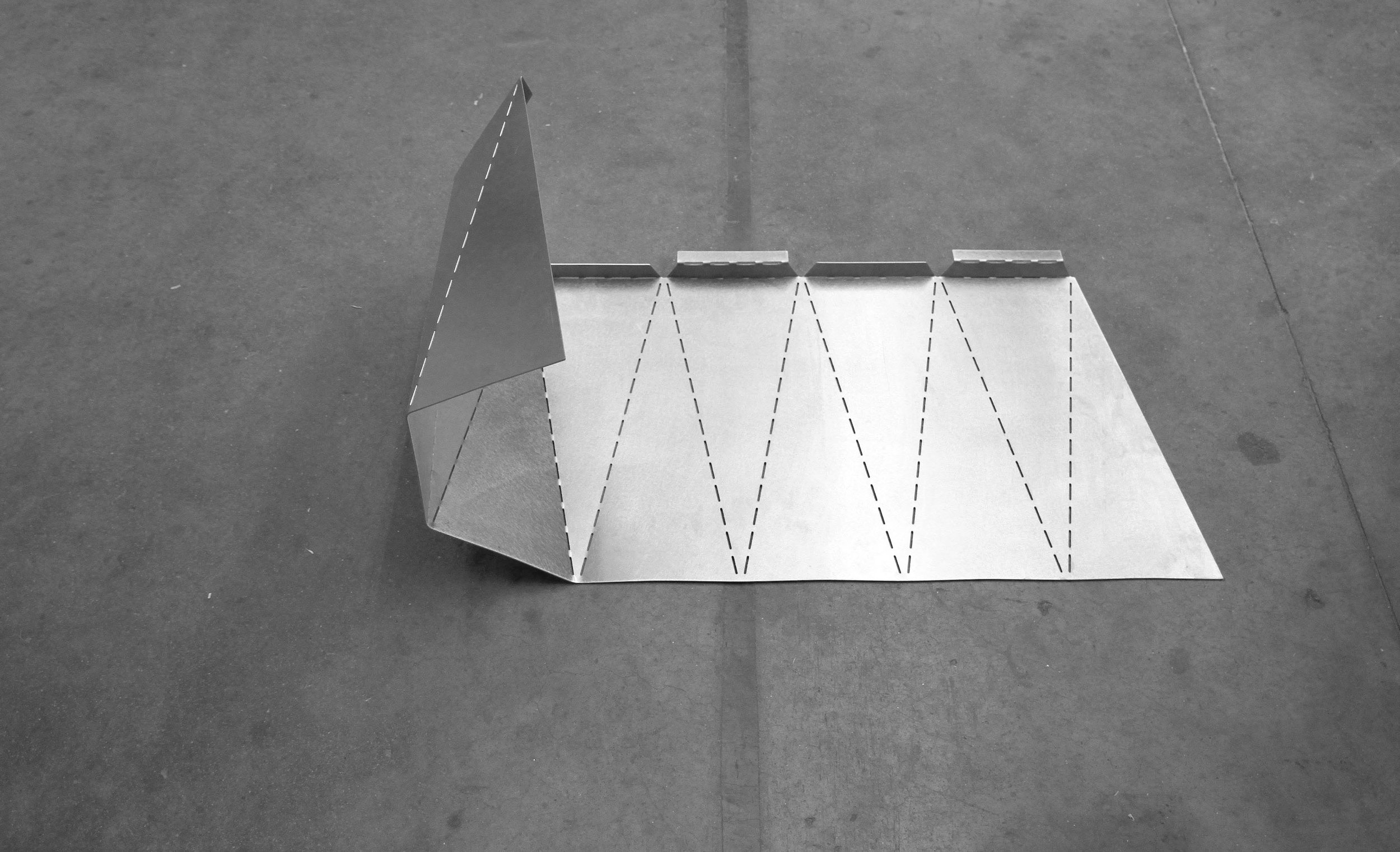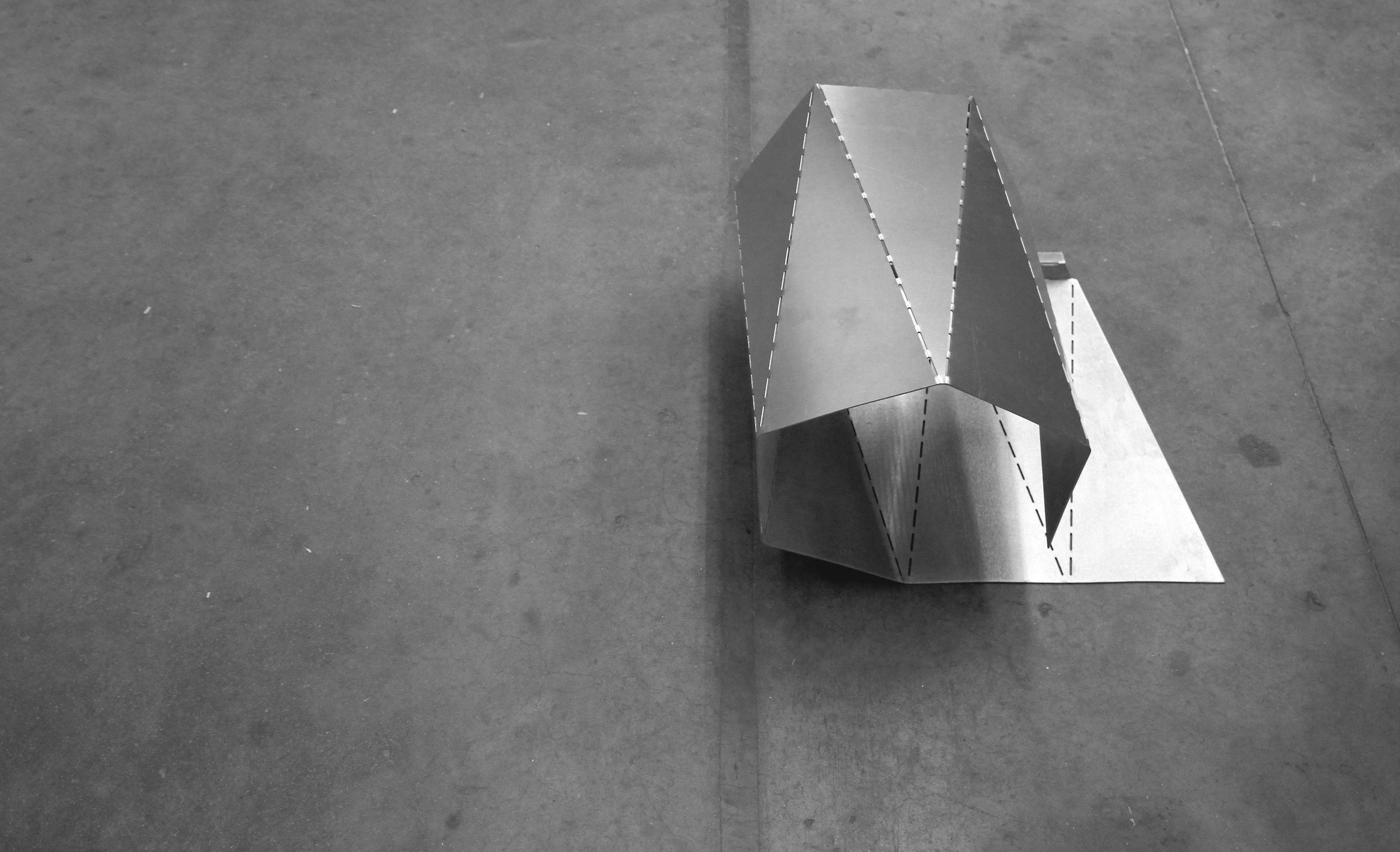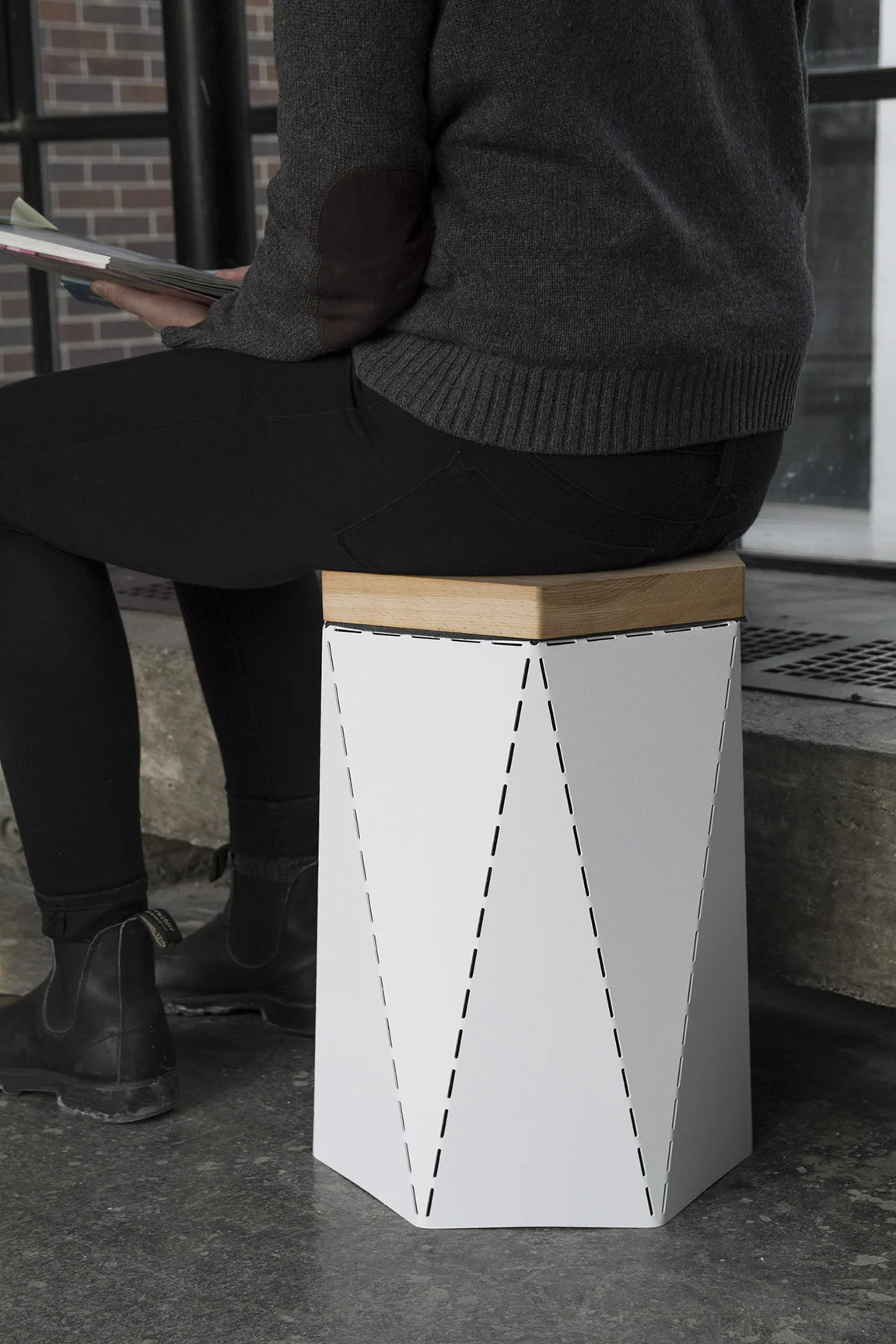Learning from the Cradle to Cradle Product Design Challenge
The Competition
In late 2017, the Cradle to Cradle Products Innovation Institute accepted entries to the sixth and final challenge in its series of product design competitions. This round was presented by the institute in partnership with Autodesk, and with support from the Arconic Foundation.
Each round of the Cradle to Cradle Product Design Challenge has been judged by a diverse group of design, sustainability and manufacturing experts. This sixth round was no different and furthers the competition's goal of inspiring and educating students, practicing designers and sustainability professionals while sparking new ideas and conversations centered on Cradle to Cradle Certified™ materials and regenerative design. The institute's intent through the competition is clearly to engage with the innovators of today and tomorrow and to set the stage for the development and redesign of products and services geared for a circular economy.
Competition entries were required to align with the Cradle to Cradle Certified™ product standard, and, where possible, use Cradle to Cradle Certified materials. The categories for the competition, as with previous rounds, were the following: Best Overall Project, Best Use of Cradle to Cradle Certified Materials, Best Use of Aluminum and Best Use of Autodesk Fusion 360.
The Ideas–Winners and finalists
From a flat-packed foldable aluminum stool that creates room (literally) for garment recycling to easy-to-disassemble non-toxic batteries to a play-kit that spark awareness of healthy, cradle to cradle materials through its use, and to rafts designed for more sustainable aquaculture–the winners and finalists of this challenge created plenty of food for thought. At the same time, these products and ideas offered authentic, grounded solutions to some of the most pressing problems of our time.
Here are the winning projects that caught our eye, and why:
TO Stool
Category: Best Use of Aluminum
Creators: Robert Shudra, Industrial Design Student, Carleton University, Ottawa, Canada
This lightweight aluminum stool arrives at this destination in a flat-packed state and can be folded along its pre-made seams to create a strong, wood seat-topped form. Inside its structure is room for a removable bag that can hold garments and textile waste that is collected in households, and would otherwise be sent to landfill. By tapping into this negative, wasted space, the stool promotes storing and recycling garments and fabric–an undisputed goal for a more circular economy. The stool itself can be broken down with ease, and each seamed component then becomes raw material for fresh uses.
TO Stool, by Robert Shudra; Images Courtesy: Cradle to Cradle Products Innovation Institute


House 4 House
Category: Best Use of Cradle to Cradle Certified Materials
Creators: Agnieszka Filipowicz, Ania Pieranska & Otis Sloan Brittain, AUGA Studio, Copenhagen
What better way to expose (and train) future generations to healthy materials, sustainability, and circular design than to introduce these ideas through play?
House 4 House presents a kit of building parts for children to build houses with. Except the houses aren't the centuries-old pitched roof forms that children have played with–they are modeled on real, sustainably designed homes. Neither are the materials in this kit a mix of brightly colored plastics. Building parts are crafted from Cradle to Cradle Certified materials including Accoya® Wood, Alcoa Aluminum, Nispen Corrugated Packaging and Porotherm Bricks, and children are encouraged to explore and test their creativity with these materials and parts.
House 4 House, by Agnieszka Filipowicz, Ania Pieranska & Otis Sloan Brittain, AUGA Studio; Images Courtesy: Cradle to Cradle Products Innovation Institute
The cherry on the cake is the mortar provided to those building the kit. When the models are ready to be re-made and re-designed by children (or adult users), the starch-based mortar can be simply washed off, and the individual components be used again.
House 4 House, by Agnieszka Filipowicz, Ania Pieranska & Otis Sloan Brittain, AUGA Studio; Images Courtesy: Cradle to Cradle Products Innovation Institute
VOLTA
Category: Best Overall Project
Creators: Koraldo Kajanaku, Interaction Designer, San Francisco
The disposable of batteries and their toxic contents is a global problem and one that is constantly growing. No wonder then that VOLTA is a solution met with a great deal of enthusiasm. The product offers a clean, organized format for a battery based on the design-for-disassembly approach. Rather than traditional, hazardous materials, VOLTA uses safe, healthy and non-toxic materials (such as the Cradle to Cradle Certified Ingeo Biopolymer), and being fastener-free it can be broken down into its individual components easily. This paves the way for reuse, recovery, recycling, and even the ability to replace parts of the battery to extend its own lifecycle and use.
VOLTA, by Koraldo Kajanaku; Images Courtesy: Cradle to Cradle Products Innovation Institute
VOLTA, by Koraldo Kajanaku; Images Courtesy: Cradle to Cradle Products Innovation Institute
As a bonus, and rather interestingly, the battery can be recharged by placing it in a bath of table salt and vinegar, allowing, again for the more extended use of a battery's base materials and creating a shift in our use-and-throw thinking.
Bench32
Category: Best Use of Autodesk Fusion 360
Creators: Ralf Schneider, Assistant Professor, Industrial & Interaction Design, Syracuse University, New York
Using the simulation capabilities within the Autodesk Fusion 360 software, the designers of Bench32 have created a lightweight and highly efficient product. Inspired by the kind of weight reduction techniques seen in airplane design, the bench is smart in its use of repeatable components, capturing negative space and a robust construction hinged on Cradle to Cradle Certified Accoya® wood.
Bench32, by Ralf Schneider; Images Courtesy: Cradle to Cradle Products Innovation Institute
The (Cradle to Cradle) Materials
More so than any other design challenge, what sets apart winners, and indeed all entries to the Cradle to Cradle Product Design Challenge, is the absolute maximization of qualities within sustainable, yet readily available materials.
Rather than presenting utopian ideas hinged on speculative materials, the condition of using materials certified as Cradle to Cradle TODAY make these solutions ripe for use in the here and now.
Moreover, the competition allows designers, consumers, and professionals of all kinds to see some now-familiar materials in a fresh light, and as being perfectly matched with exciting products geared to the circular economy.
Materials such as Accoya® Wood, Aluminum, Corrugated Packaging, and Ingeo Biopolymer are familiar to us through daily life and listings on the Cradle to Cradle Products Innovation Institute's products and materials registry. Yet, it is only through challenges such as this, that one can see these materials in new formats and with new potential.













